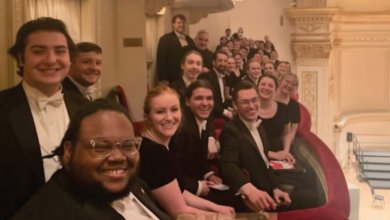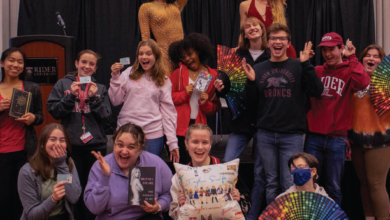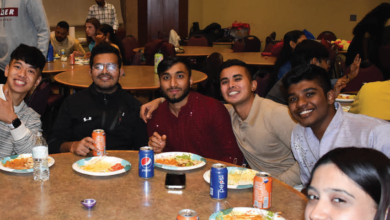
Kathleen Browne: a “GEM” of Rider University
By Liz O’Hara
Geological, Environmental and Marine Sciences Department Chair and Associate Professor Kathleen Browne is this year’s recipient of the William E. Bennett Team Award, given annually to both an individual and team whose Science Education for New Civic Engagements and Responsibilities (SENCER) activities have made exemplary and extraordinary contributions to citizen science.
Browne received this honor alongside two other educators, Jessica Monaghan of the New Brunswick Public Schools and Missy Holzer of Chatham High School.
SENCER strengthens student learning and interest in science, technology, engineering and mathematics (STEM) by using an approach that makes science more accessible, local and focused on real world problems.
“This is an organization that has been around for decades that has promoted and supported college faculty in the sciences and beyond to help students use science in the context of real, complex issues in the world,” Browne said.
“This means adding intrinsic motivation to learning as students will see the value of it, but also giving students a running start in helping the world with some of these complex world problems.”
Browne’s connection with SENCER started over 15 years ago when she first attended one of its summer programs.
“I went as a way to explore my own options for construction and it happened to be when I was running the Teaching and Learning Center and the Science Education and Literacy Center, or what is known as Rider SELECT,” she said.
Browne attributes her work in the Teaching and Learning Center for completely changing her path and allowing her to become involved in science education research.
She is a carbonate sedimentologist by training but got involved in local science projects, such as lake eutrophication and invasive plants, when she arrived at Rider.
This led to her most recent research as she helps K-12 teachers improve their practice through SENCER alongside infusing the next generation science state standards.
“In these new standards is the expectation that students learn and use engineering design and in that process is problem solving,” she says.
Browne was instrumental in launching a program to help K-12 teachers draft problem-based lesson plans in hopes that the teachers will use their work to infuse civic engagement into their curricula and classrooms.
In her own freshman-level science course, the future of natural resources, students study how science and non-science disciplines contribute to solutions to contemporary issues.
By using project-based, civic engagement and active learning strategies, students explore the intersection of disciplines around pressing world issues in the natural sciences.
This course has become a SENCER model, that faculty are able to access in order to design curricular projects to connect science learning to real world challenges.
Additionally, Browne’s science education work is partly about using digital media, specifically video creation, to aid in student learning.
“It’s a way of getting students to produce something and show me what they understand and not have to write a paper, which I think can be enticing.”
Sophomore journalism major Meghan Mulhearn, who had Browne in oceanography, attests to the benefit of such a project.
“It was fun to create [the video] and made me learn the scientific steps much quicker than doing a long, boring paper,” said Mulhearn. “This was just one of the many projects that allowed students to be engaged and upbeat during the entirety of the class.”
Browne received a Ph.D. from the University of Miami in 1993 and is an associate professor of geological and marine sciences, and was recently appointed Rider’s Geological, Environmental and Marine Sciences (GEMS) Chair in 2017.
She has been a professor at Rider for more than 25 years, and her favorite part is “watching light bulbs go off for students and seeing them succeed.”



